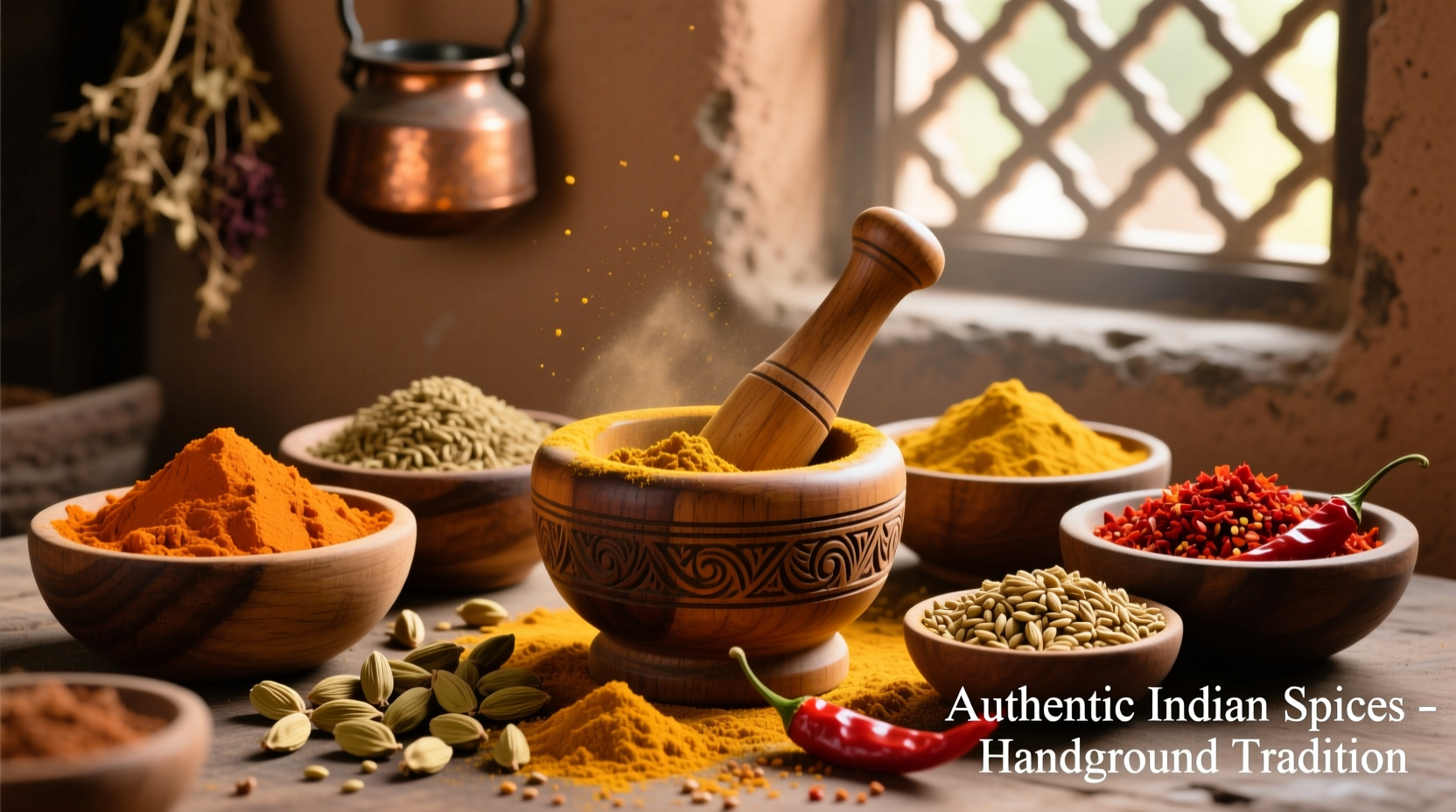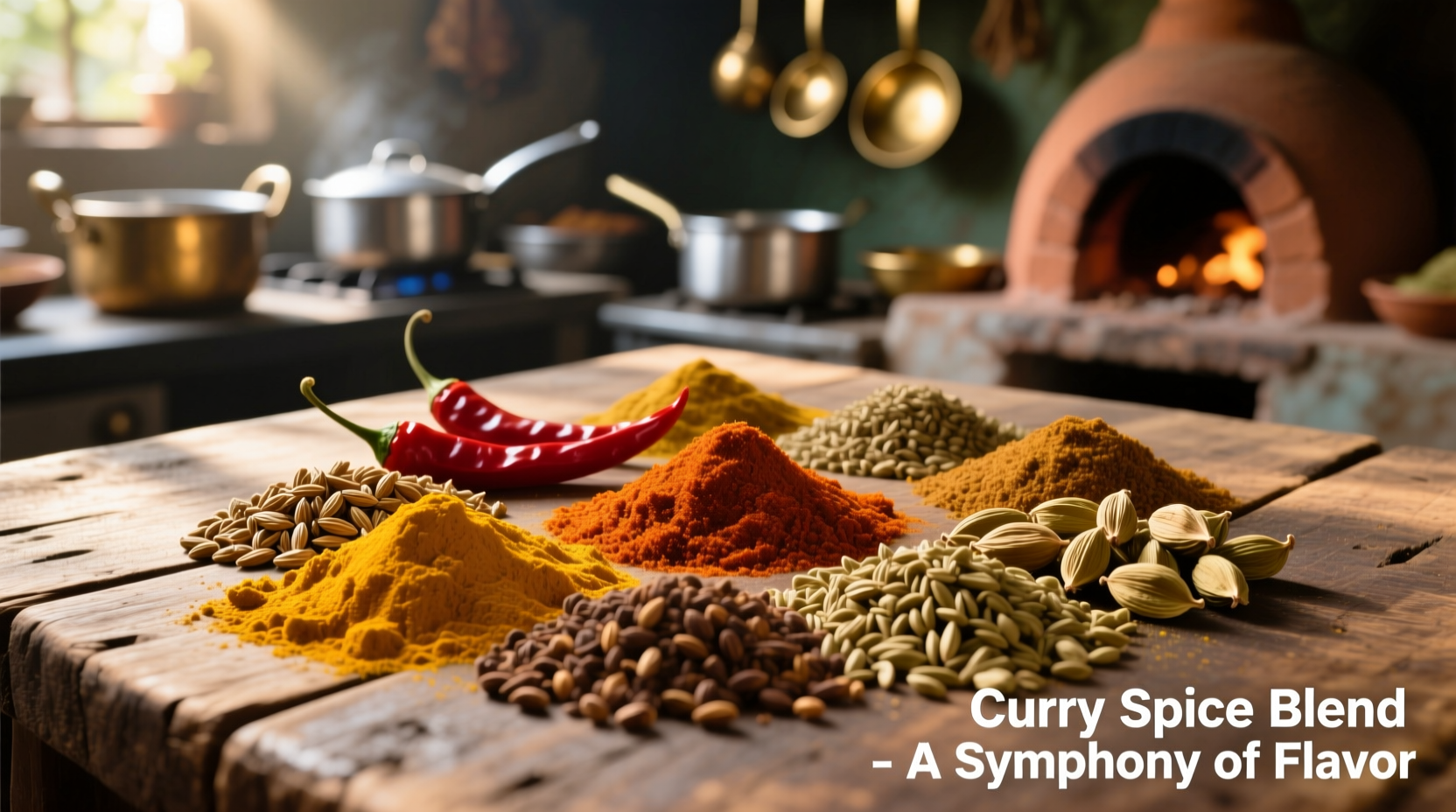Dispelling the Curry Spice Myth: What You Really Need to Know
When you ask what is a curry spice, you're probably imagining a single jar of yellow powder. But here's the truth that changes everything: there's no such thing as a universal curry spice. This misconception has distorted global understanding of South Asian culinary traditions for generations. Let's clarify exactly what curry means and how authentic spice blends actually work.
Why Everyone Gets Curry Wrong
The term "curry" entered English vocabulary through British colonists in India who used it as a catch-all term for any saucy dish with spices. In reality, South Asian cuisines have no single word equivalent to "curry" – Indian languages use specific terms like masala (spice blend), sambhar (lentil stew), or salan (sauce).
Commercial "curry powder" emerged in the 18th century when British entrepreneurs created simplified spice mixes for home cooks back in England. This Western invention bears little resemblance to the complex, region-specific blends used across South Asia.
Curry Through Time: A Historical Evolution
Understanding what curry spice really means requires examining its historical journey:
- Pre-1500s: South Asian cuisines feature countless regional spice combinations with no "curry" concept
- 1500s-1700s: Portuguese traders adopt Tamil word "kari" (sauce with vegetables) as "caril"
- 1780s: First commercial curry powder created in London by British entrepreneurs
- 1810s: "Madras Curry Powder" becomes popular in England, establishing the yellow powder stereotype
- 20th Century: Global spread of simplified curry concept through British colonialism
- Today: Growing awareness of regional diversity among culinary experts
Curry Powder vs. Authentic Regional Blends: Key Differences
Most Western consumers think what is curry spice equals that yellow powder in the supermarket. Let's compare:
| Characteristic | Commercial Curry Powder | Authentic Regional Blends |
|---|---|---|
| Origin | British creation (18th century) | Centuries-old regional traditions |
| Spice Composition | Standardized formula (turmeric-heavy) | Variable by dish, season, family |
| Color | Uniform yellow-orange | Varies from red to brown to green |
| Regional Specificity | Generic "Indian" flavor | Distinct Kerala, Punjab, Bengal styles |
| Traditional Usage | Rarely used in South Asia | Daily cooking foundation |
The Building Blocks of Real Curry Blends
Instead of searching for what is a curry spice as a single entity, understand these core components that create authentic curry flavors:
Essential Base Spices
- Turmeric: Earthy foundation (but rarely dominant outside commercial blends)
- Coriander: Citrusy, floral notes forming the backbone of many blends
- Cumin: Warm, nutty depth essential to North Indian cooking
- Fenugreek: Maple-like bitterness crucial for authentic flavor balance
Regional Flavor Differentiators
- South India: Mustard seeds, curry leaves, black pepper
- North India: Cardamom, cloves, cinnamon (garam masala elements)
- Thailand: Lemongrass, galangal, kaffir lime (not technically "curry" but often grouped)
- Japan: Fenugreek, poppy seeds, red pepper (in Japanese curry roux)

Practical Guide to Using Curry Spices Correctly
Now that you understand what curry spice actually means, here's how to use these blends properly:
When to Add Spices During Cooking
The timing dramatically affects flavor development:
- Tempering (Tadka): Whole spices in hot oil first (mustard seeds, cumin seeds)
- Middle Stage: Ground spices added after onions soften (coriander, turmeric)
- Finishing: Delicate spices added at end (garam masala, curry leaves)
Avoiding Common Mistakes
Even experienced cooks make these errors when working with curry spice blends:
- Burning spices: Ground spices burn in 30-60 seconds – cook on medium heat
- Overusing turmeric: Authentic blends use it sparingly (commercial powder overemphasizes it)
- One-size-fits-all approach: Different dishes require different blends
- Using old spices: Curry blends lose potency after 3-6 months
Creating Authentic Regional Curry Blends at Home
Forget the question what is curry spice – instead, explore these three foundational blends representing different culinary traditions:
South Indian Sambar Powder (Tamil Nadu)
- 1/4 cup coriander seeds
- 2 tbsp mustard seeds
- 2 tbsp dried red chilies
- 1.5 tbsp fenugreek seeds
- 10-12 curry leaves
- 1.5 tsp turmeric powder
Toast whole spices separately, cool, then grind. Use in lentil stews and vegetable dishes.
Garam Masala (North India)
- 2 tbsp cumin seeds
- 2 tbsp coriander seeds
- 1.5 tbsp cardamom pods
- 1 tbsp cloves
- 1 tbsp black peppercorns
- 1 cinnamon stick
Dry roast spices separately, cool completely, then grind. Add at end of cooking for biryanis and meat dishes.
Thai Red Curry Paste (Krueng Gaeng Phet)
- 5-10 dried red chilies
- 2 tbsp lemongrass
- 1 tbsp galangal
- 1 tbsp kaffir lime zest
- 1 tsp shrimp paste
- 3-4 garlic cloves
Pound fresh ingredients into paste. Forms base for soups and coconut milk curries.
How to Identify Quality Curry Spices
When exploring what is a curry spice in practice, these quality indicators matter most:
Freshness Markers
- Aroma intensity: Should immediately scent the air when jar opens
- Color vibrancy: Turmeric should be bright orange-yellow, not dull
- Texture: Ground spices should feel fine, not gritty or clumpy
Purchasing Guidance
Source spices from South Asian or Southeast Asian specialty markets rather than generic supermarkets for authentic curry spice blends. Look for:
- Whole spices you can grind yourself (best quality)
- Blends labeled with specific regional names (e.g., "Madras" vs. generic "curry")
- Transparent packaging showing spice composition
Preserving Traditional Curry Knowledge
The simplification of what curry spice means represents a broader issue of culinary cultural appropriation. Organizations like the Spice Heritage Foundation work to document traditional spice knowledge before it disappears. As noted in their 2023 report, "over 60% of traditional regional spice combinations are at risk of being lost as commercial curry powder dominates global markets."
By understanding the true nature of curry as diverse regional traditions rather than a single spice, you become part of preserving culinary heritage while creating more authentic, flavorful dishes.











 浙公网安备
33010002000092号
浙公网安备
33010002000092号 浙B2-20120091-4
浙B2-20120091-4